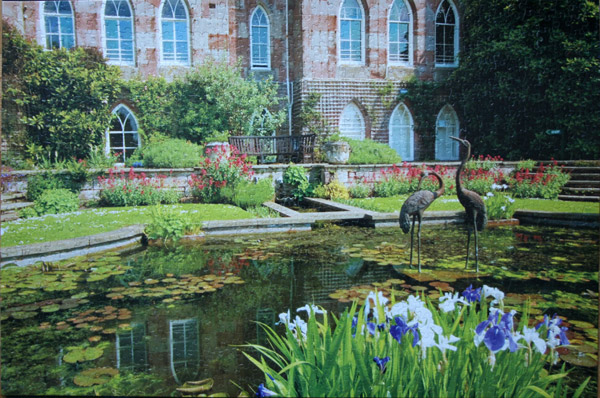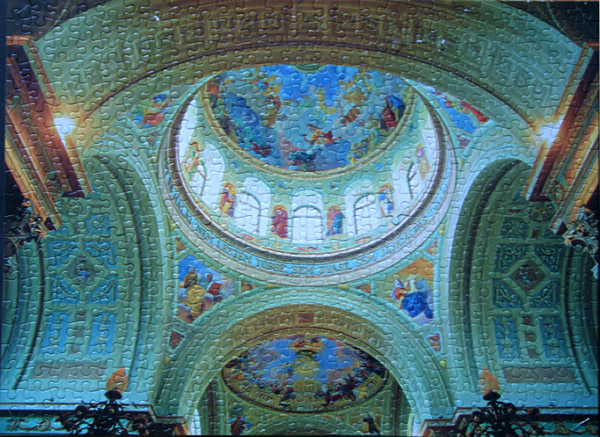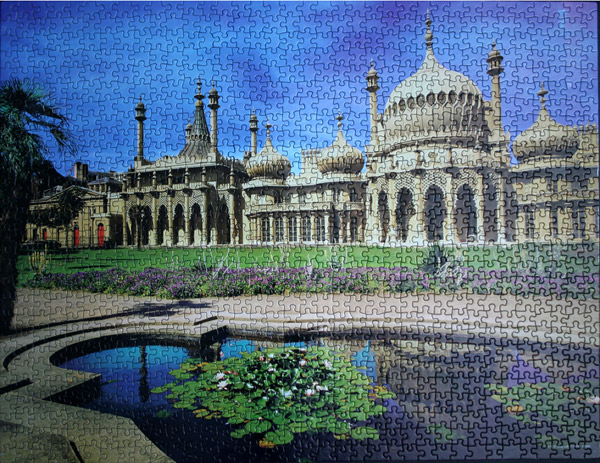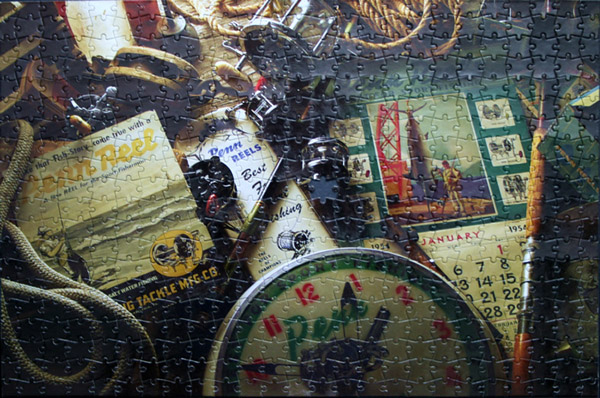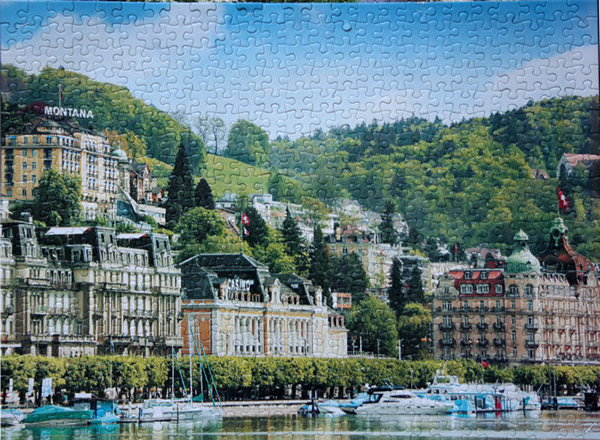
Size: 500 pieces
Dimensions: 45.72cm x 45.72cm
Producer: Buffalo Games
Box: photo
Photographer: Gene Stone / Leeson Photography
Notes: The Northern Cardinal (Cardinalis cardinalis) is a North American bird in the genus Cardinalis; it is also known colloquially as the redbird or common cardinal. It can be found in southern Canada, through the eastern United States from Maine to Texas and south through Mexico. It is found in woodlands, gardens, shrublands, and swamps.
The Northern Cardinal is a mid-sized songbird with a body length of 21 centimeters (8.3 inches). It has a distinctive crest on the head and a mask on the face which is black in the male and gray in the female. The male is a vibrant red, while the female is a dull red-brown shade. The Northern Cardinal is mainly granivorous, but also feeds on insects and fruit. The male behaves territorially, marking out his territory with song. During courtship, the male feeds seed to the female beak-to-beak. A clutch of three to four eggs is laid, and two to four clutches are produced each year. It was once prized as a pet, but its sale as cage birds is now banned in the United States by the Migratory Bird Treaty Act of 1918. [Wiki]







